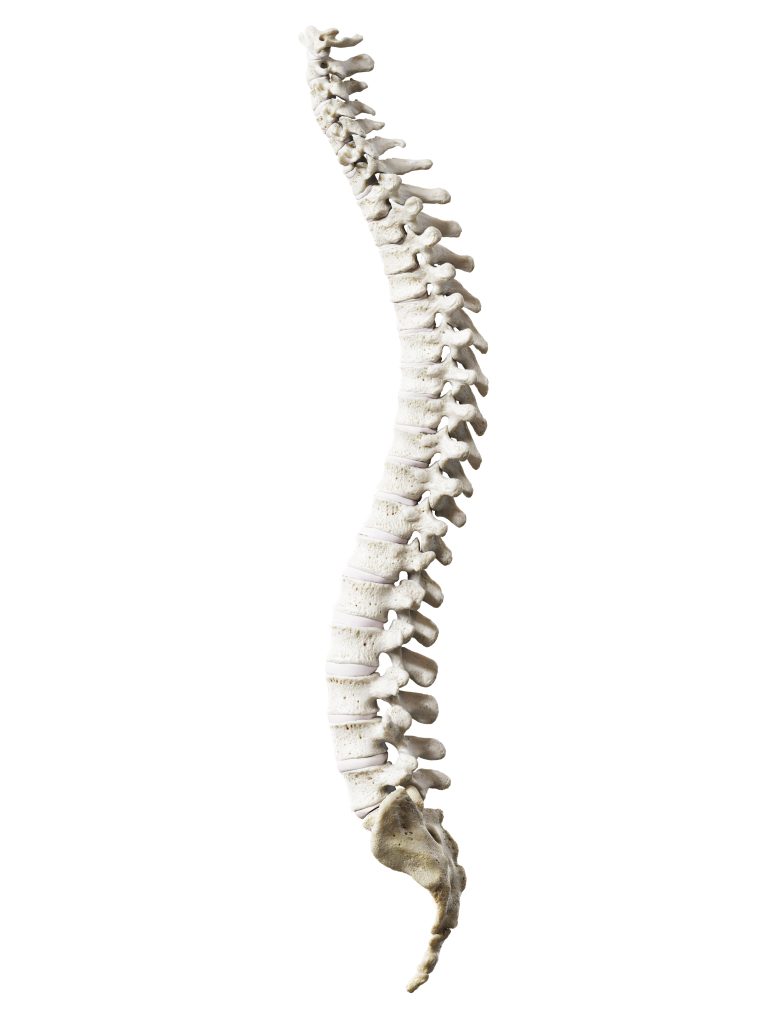
UNDERSTANDING OSTEOPOROSIS & FRACTURE RISK
Osteoporosis is often called a silent disease because it quietly weakens your bones over time, making them more likely to break. Many people don’t even realise they have it until they experience a fracture from something as simple as a fall. The International Osteoporosis Foundation states that ‘one in three women and one in five men aged 50 years and over will suffer an osteoporotic fracture’. But don’t worry—there are plenty of ways to manage and reduce the risks!
What Exactly is Osteoporosis?
Your bones are like a bank. All through your life, you make “deposits” (building bone strength), especially when you’re younger. But as you get older, those deposits slow down, and you start making more “withdrawals” (losing bone density). Osteoporosis happens when the withdrawals start to outweigh the deposits, leaving your bones weaker and more fragile.
This condition is particularly common in older adults, especially women after menopause. However, it’s important to know that men and younger people can get osteoporosis too.
Who's at Risk of Osteoporosis?
There are a few key factors that can increase your chances of developing osteoporosis:
- Age: As we get older, our bones naturally become thinner and more prone to breaking.
- Sex: Women, especially after menopause, are more likely to lose bone mass because of the drop in oestrogen, a hormone that helps keep bones strong.
- Family History: If osteoporosis runs in your family, you might be more at risk.
- Lifestyle: If you smoke, drink a lot of alcohol, don’t get much exercise, or eat a poor diet, your bone health might suffer.
- Medical Conditions or Medications: Certain health problems, like rheumatoid arthritis and coeliac disease, or long-term use of medications like corticosteroids can weaken your bones.
Why Fractures Happen More Easily with Osteoporosis
The biggest worry with osteoporosis is fractures, especially in the spine, hips, and wrists. These bones are more likely to break because they bear much of your body’s weight or are used often in everyday activities.
Fractures can happen from simple things like tripping on a rug, but with severe osteoporosis, even coughing or sneezing can cause a break. A fractured hip can be especially serious, as it often requires surgery and long recovery, and it may limit your mobility. Spinal fractures, meanwhile, can cause long-term pain and even a noticeable slouched posture.
How is Osteoporosis Diagnosed?
A simple, painless test called a bone density scan (DEXA scan) can tell if you have osteoporosis. This test measures how strong or dense your bones are by taking X-rays of areas like your hip and spine. Your doctor may recommend this scan if you’re at higher risk for osteoporosis.
How Can You Prevent or Manage Osteoporosis?
The good news is that you can take steps to keep your bones as healthy as possible, no matter your age. Here are some simple but effective strategies:
- Eat a Bone-Healthy Diet: Make sure you’re getting plenty of calcium and vitamin D, which help build and maintain strong bones. Calcium-rich foods include dairy, leafy greens, and certain fortified foods. Vitamin D helps your body absorb calcium, and it can come from sunlight or supplements.
- Stay Active: Exercise isn’t just good for your heart and muscles—it’s great for your bones, too! Weight-bearing exercises like walking, dancing, and strength training help strengthen your bones. Balance exercises, like yoga or tai chi, can reduce the risk of falls.
- Quit Smoking and Limit Alcohol: Smoking and heavy drinking can weaken your bones, so cutting back can make a big difference.
- Consider Medications: If you’ve been diagnosed with osteoporosis, there are medications that can help slow down bone loss or even rebuild bone. Talk to your doctor about what might be right for you.
- Make Your Home Safer: Reducing the chance of falls is crucial. Consider removing tripping hazards, like loose rugs, installing grab bars in the bathroom, and keeping your home well-lit to prevent accidents.
Osteoporosis doesn’t have to slow you down. By staying informed and taking proactive steps—whether through diet, tailored exercise, or medications—you can keep your bones strong and reduce the risk of fractures. If you’re concerned about osteoporosis or just want to know more, talk to one of our experienced Physios about our Bone Health Program. The earlier you take action, the better your chances of staying active and fracture-free!
References
International Osteoporosis Foundation. “Facts and Statistics.” https://www.iofbonehealth.org
Related Blogs:






